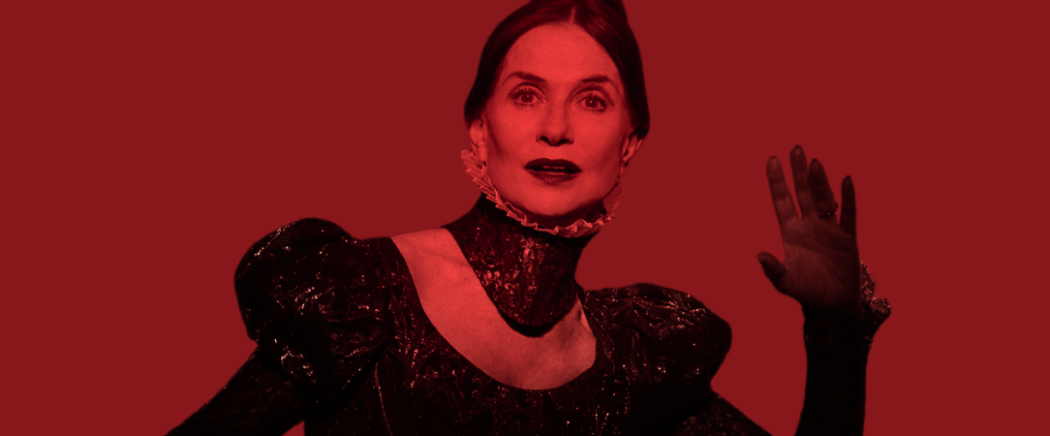In March 2024, Carol Martin and I were in Barcelona (she was on break from NYU Abu Dhabi). We noticed that we would miss by one day Robert Wilson’s staging of Mozart’s version of Handel’s Messiah. When I emailed Bob, he generously invited us to the dress rehearsal. It was a magnificent performance, musically and visually, formal not heavy, engaged with both composers. But the highlight was staying after the rehearsal to listen to Wilson giving notes to the company. He spoke quietly, with respect; he listened. One note stuck with us: “When you look out at the audience, don’t look at everybody. Pick a person, or two, and hone in. If you look at everyone you’re looking at no one.”
This kind of detail is a hallmark of Wilson’s process. He quietly, persistently, pays attention to each thing that happens whether it is the music, staging, lighting, costuming, behavior of the specific performers. “God is in the details,” said architect Ludwig Mies van der Rohe. Wilson is first and foremost an architect of performance. He designs and arranges space in relation to time, often slowly unfolding detail and after detail.
The first Wilson work I experienced was The Life and Times of Sigmund Freud in December 1969 at the Brooklyn Academy of Music. After that, I made it my business to go to his pieces. I remember sitting with the lights operators for Wilson’s staging in Paris of Bertolt Brecht’s Threepenny Opera (the performance was sold out). I remember his brilliant production with NYU Drama Department students of Heiner Muller’s Hamletmachine. And his collaboration with Philip Glass, Einstein on the Beach. There are too many works to list even a fraction of them here. It takes my breath away, their scope, depth, and diversity. Wilson stages, writes, designs, and performs in dramas, monologues, dialogues, operas, oratorios, installations, and mixed-media. Not all these roles in each work, but often enough more than one artistic task. And he reaches out to an extraordinary panoply of collaborators, from Raymond Andrews and Christopher Knowles to John Cage, Marina Abramovic, and Giorgio Armani — to name only some from a very long list. Also the diversity of authors/composers/sources from Gounod, Albee, Woolf, Stein, and Verdi to Goethe, Wilde, Ibsen, Shakespeare, Büchner, Euripides, Homer, and more. To my knowledge, no other performing arts person, anywhere, at any time, has such a scope. And yet, for all these, Wilson’s oeuvre is unified, the realized imagination of a master painter-architect. Wilson’s style is unmistakable. Precise, angular, meticulously unfolding over sometimes many hours, with a palette of panels or walls of color. And museum quality costumes.
Richard Schechner is Professor Emeritus at NYU and Editor of “The Drama Review.”
